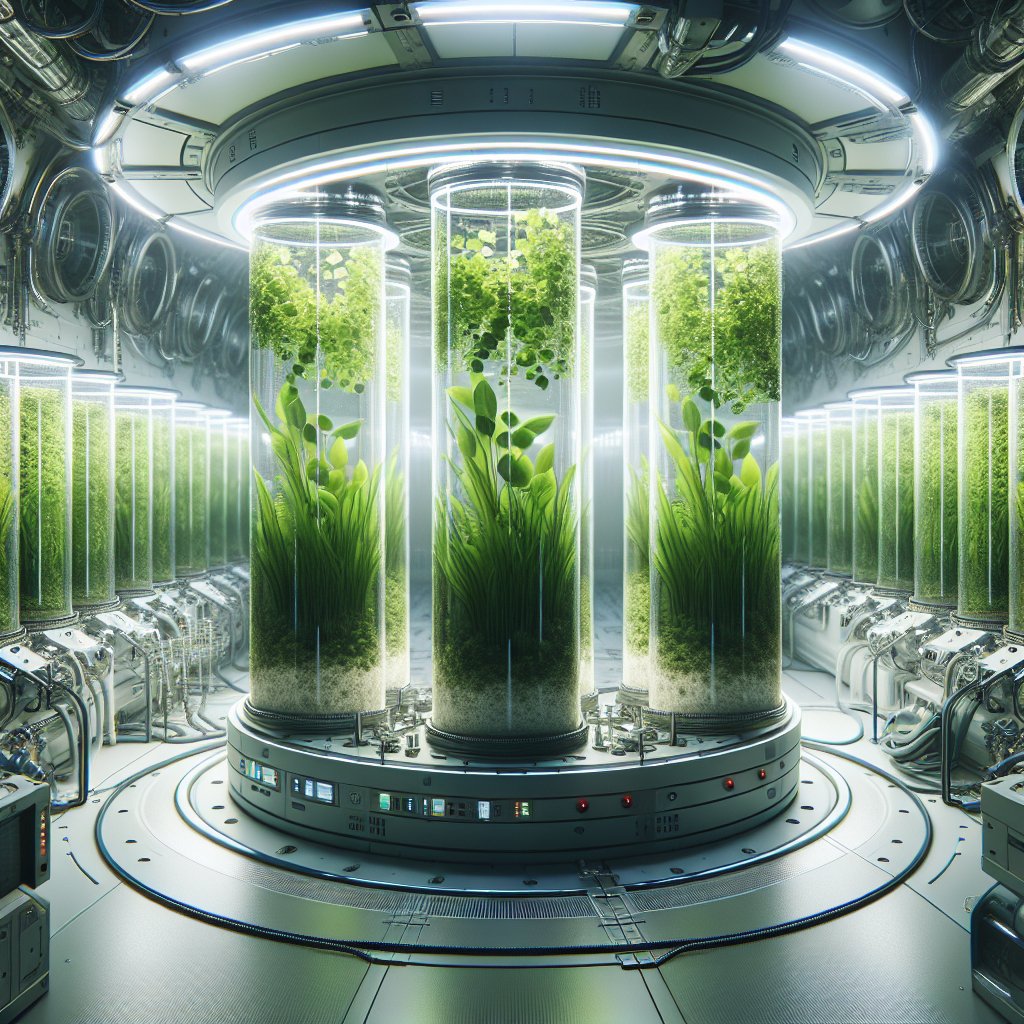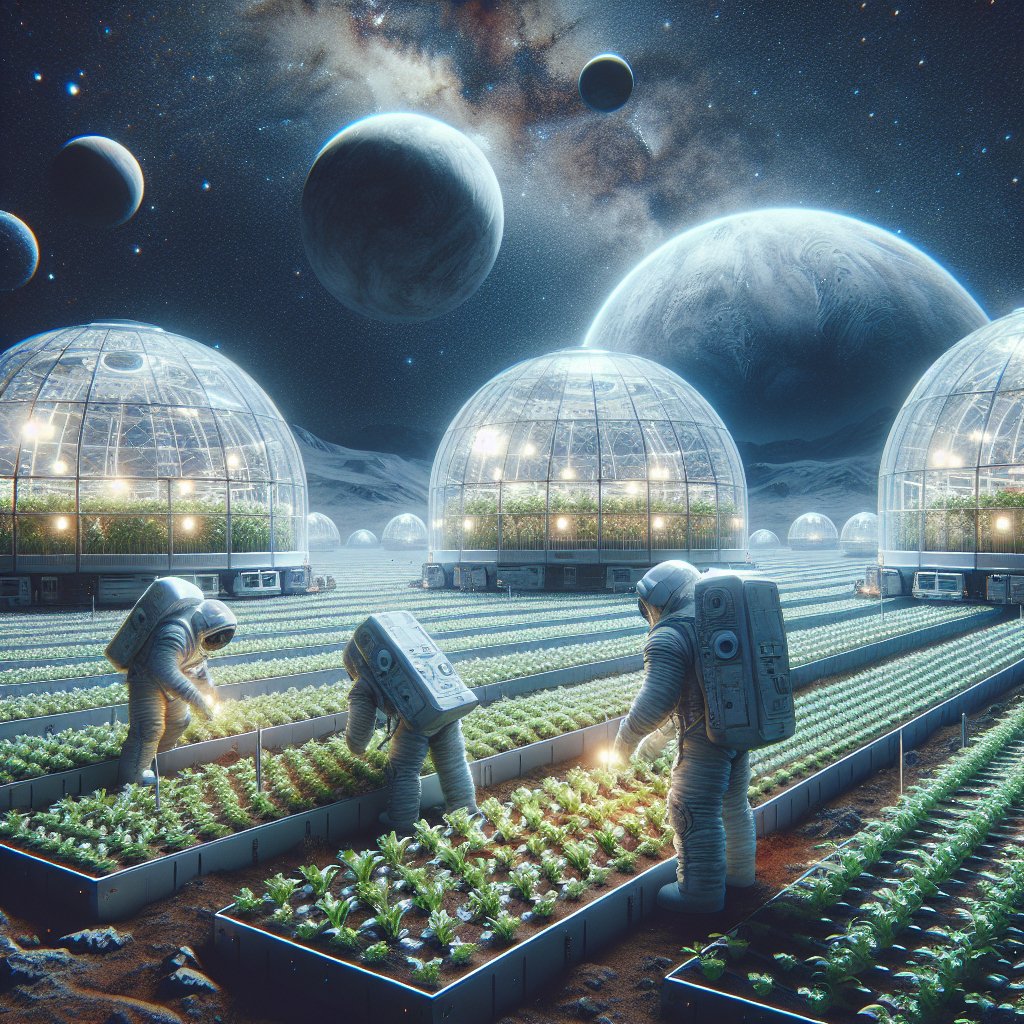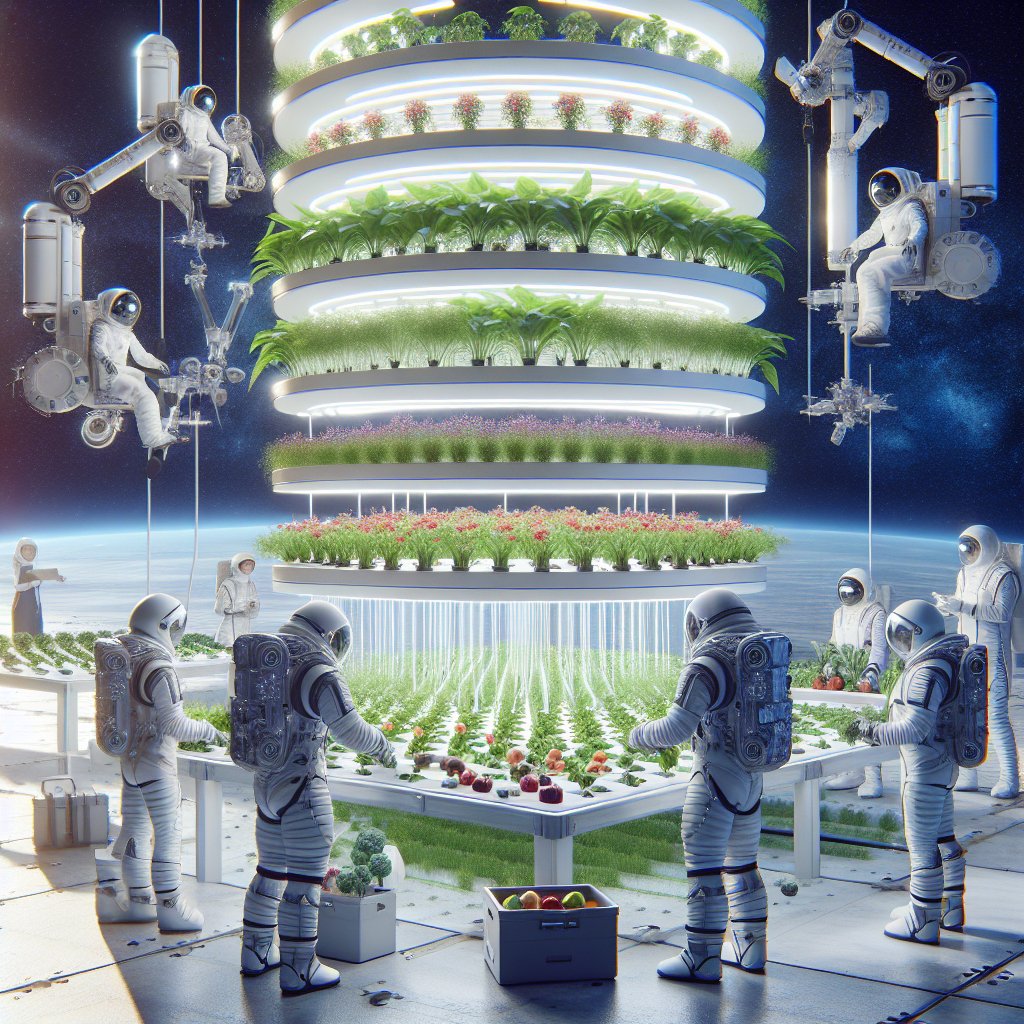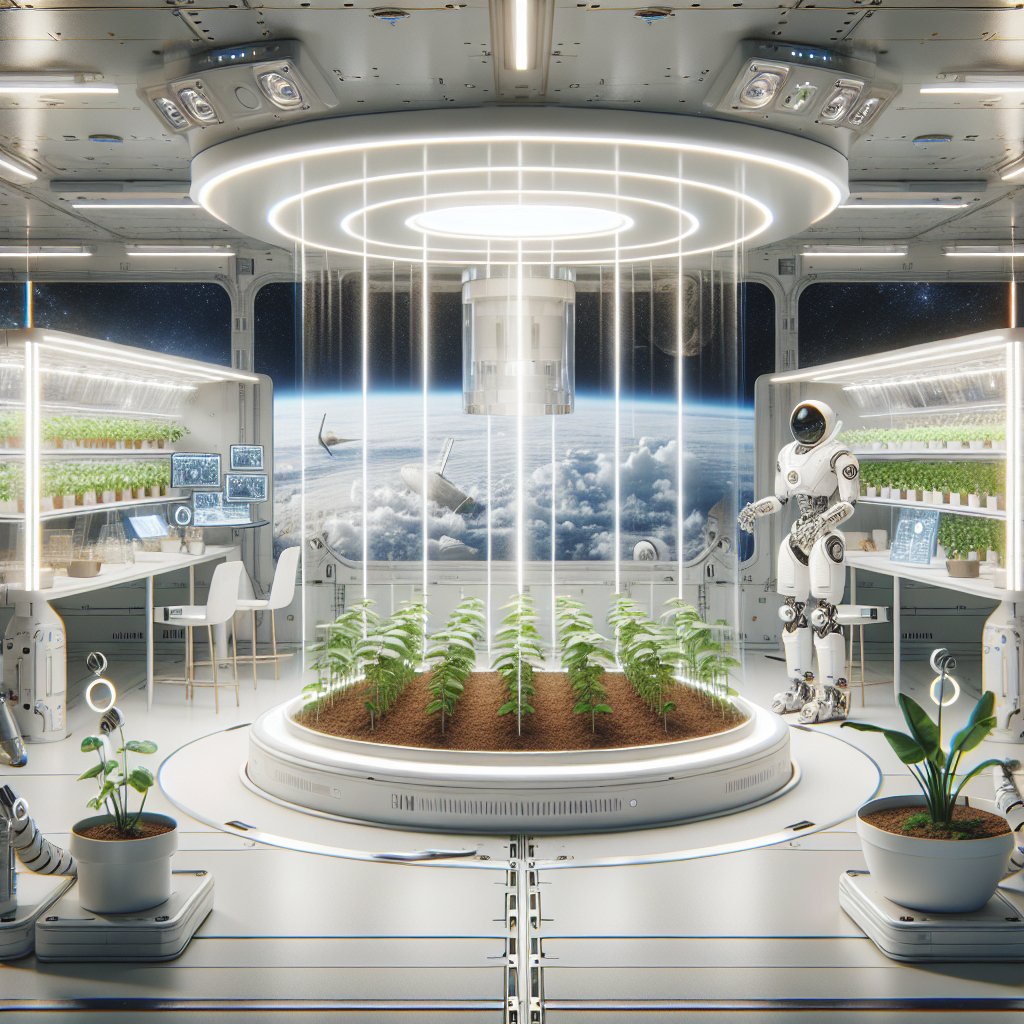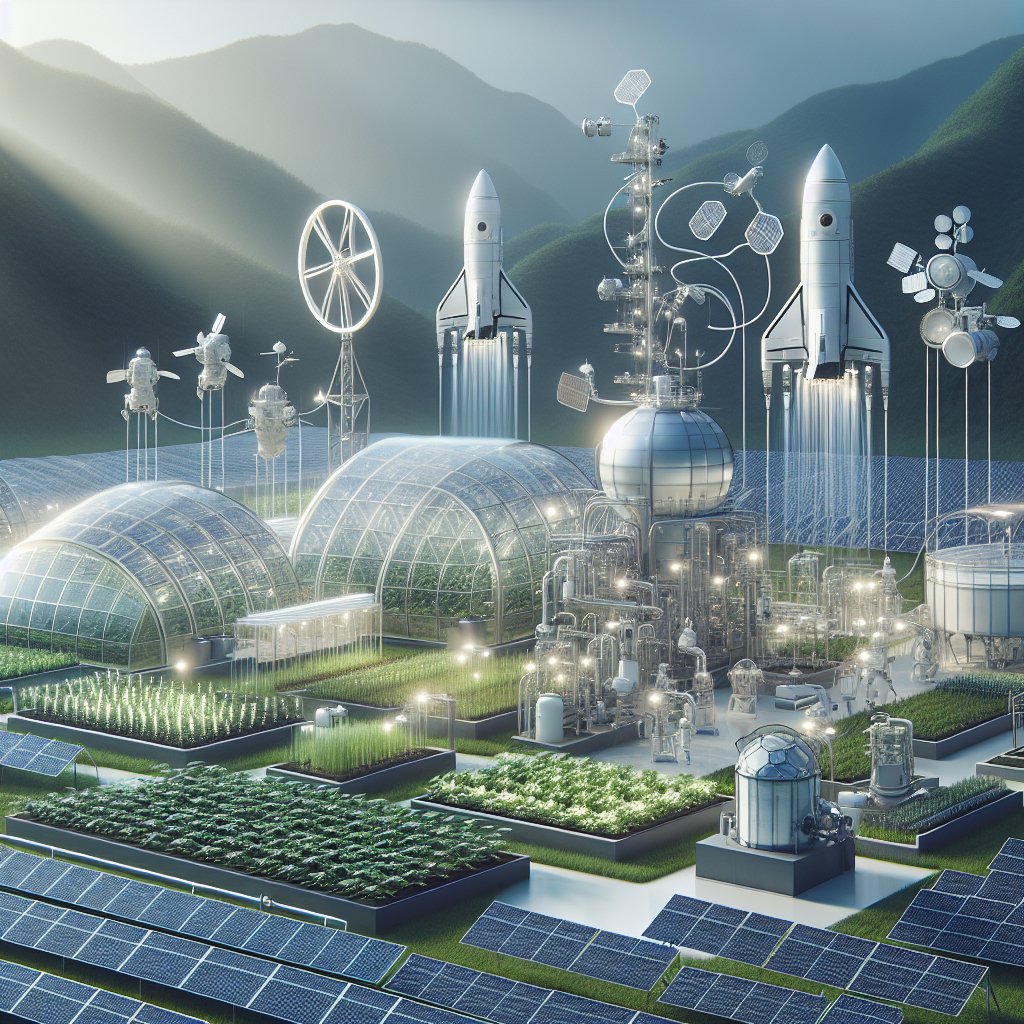The role of algae in space agriculture is becoming increasingly significant as humanity prepares for long-term space exploration and potential colonization of other planets. Algae, a diverse group of photosynthetic organisms, offer numerous benefits that can support life in extraterrestrial environments. This article will explore the various applications of algae in space agriculture, their advantages, and the challenges that must be addressed to harness their full potential.
Understanding Algae and Their Benefits
Algae are simple, autotrophic organisms that can thrive in a variety of environments, including freshwater, saltwater, and even extreme conditions. They play a crucial role in the Earth’s ecosystems, contributing to oxygen production and serving as a foundational food source for many aquatic organisms. In the context of space agriculture, algae present several unique advantages:
- High Growth Rate: Algae can grow rapidly, often doubling their biomass in a matter of hours. This fast growth rate makes them an ideal candidate for food production in space, where resources are limited.
- Nutritional Value: Many species of algae are rich in essential nutrients, including proteins, vitamins, and minerals. They can serve as a sustainable food source for astronauts, providing necessary sustenance during long missions.
- Carbon Dioxide Utilization: Algae can absorb carbon dioxide, a byproduct of human respiration and other processes. This ability can help maintain a balanced atmosphere in closed environments, such as spacecraft or space habitats.
- Waste Recycling: Algae can be used to treat wastewater, converting nutrients and organic matter into biomass. This process not only purifies water but also produces additional food resources.
- Oxygen Production: Through photosynthesis, algae release oxygen, which is essential for human survival. This characteristic is particularly valuable in closed-loop life support systems.
Applications of Algae in Space Agriculture
The potential applications of algae in space agriculture are vast and varied. Researchers are exploring several innovative ways to integrate algae into space missions:
1. Food Production Systems
One of the most promising applications of algae in space agriculture is their use as a food source. Algae can be cultivated in bioreactors, which are compact and efficient systems designed to optimize growth conditions. These bioreactors can be integrated into spacecraft or lunar and Martian habitats, providing a continuous supply of food for astronauts. Some specific types of algae, such as spirulina and chlorella, are already recognized for their high protein content and nutritional benefits.
2. Life Support Systems
In addition to food production, algae can play a critical role in life support systems. By incorporating algae into bioregenerative life support systems (BLSS), researchers can create a self-sustaining environment that mimics Earth’s ecosystems. Algae can help regulate carbon dioxide levels, produce oxygen, and recycle nutrients, making them essential components of closed-loop systems. This approach not only enhances the sustainability of space missions but also reduces the need for resupply missions from Earth.
3. Bioremediation
Algae can also be utilized for bioremediation purposes in space habitats. They can absorb and metabolize pollutants and waste products, helping to maintain a clean and healthy living environment. For instance, algae can be employed to treat wastewater generated by astronauts, converting harmful substances into harmless byproducts while simultaneously producing biomass that can be used for food or other applications.
4. Biofuel Production
Another exciting application of algae in space agriculture is the production of biofuels. Algae can be cultivated to produce oils that can be converted into biodiesel or other forms of renewable energy. This capability is particularly valuable for long-duration space missions, where traditional fuel sources may be impractical. By producing biofuels on-site, astronauts can reduce their reliance on Earth-based resources and enhance the sustainability of their missions.
Challenges and Considerations
While the potential of algae in space agriculture is promising, several challenges must be addressed to fully realize their benefits:
1. Environmental Control
Algae require specific environmental conditions to thrive, including light, temperature, and nutrient availability. In space, these conditions can be difficult to maintain. Researchers must develop advanced bioreactor designs that can provide optimal growth conditions while minimizing resource consumption.
2. Genetic Engineering
To maximize the potential of algae for space applications, genetic engineering may be necessary. Scientists are exploring ways to enhance the growth rates, nutritional content, and resilience of algae species. However, ethical considerations and potential ecological impacts must be carefully evaluated before implementing genetic modifications.
3. Integration with Existing Systems
Integrating algae cultivation systems with existing life support and agricultural systems in space habitats presents logistical challenges. Researchers must ensure that these systems work seamlessly together to optimize resource use and minimize waste.
4. Research and Development
Further research is needed to understand the specific requirements and behaviors of algae in microgravity environments. Experiments conducted on the International Space Station (ISS) and future missions to the Moon and Mars will provide valuable insights into how algae can be effectively utilized in space agriculture.
Conclusion
The role of algae in space agriculture is a fascinating and rapidly evolving field that holds great promise for the future of human space exploration. By harnessing the unique properties of algae, we can develop sustainable food production systems, life support mechanisms, and waste recycling processes that are essential for long-duration missions. As research continues and technology advances, algae may become a cornerstone of our efforts to establish a human presence beyond Earth, paving the way for a new era of exploration and discovery.
